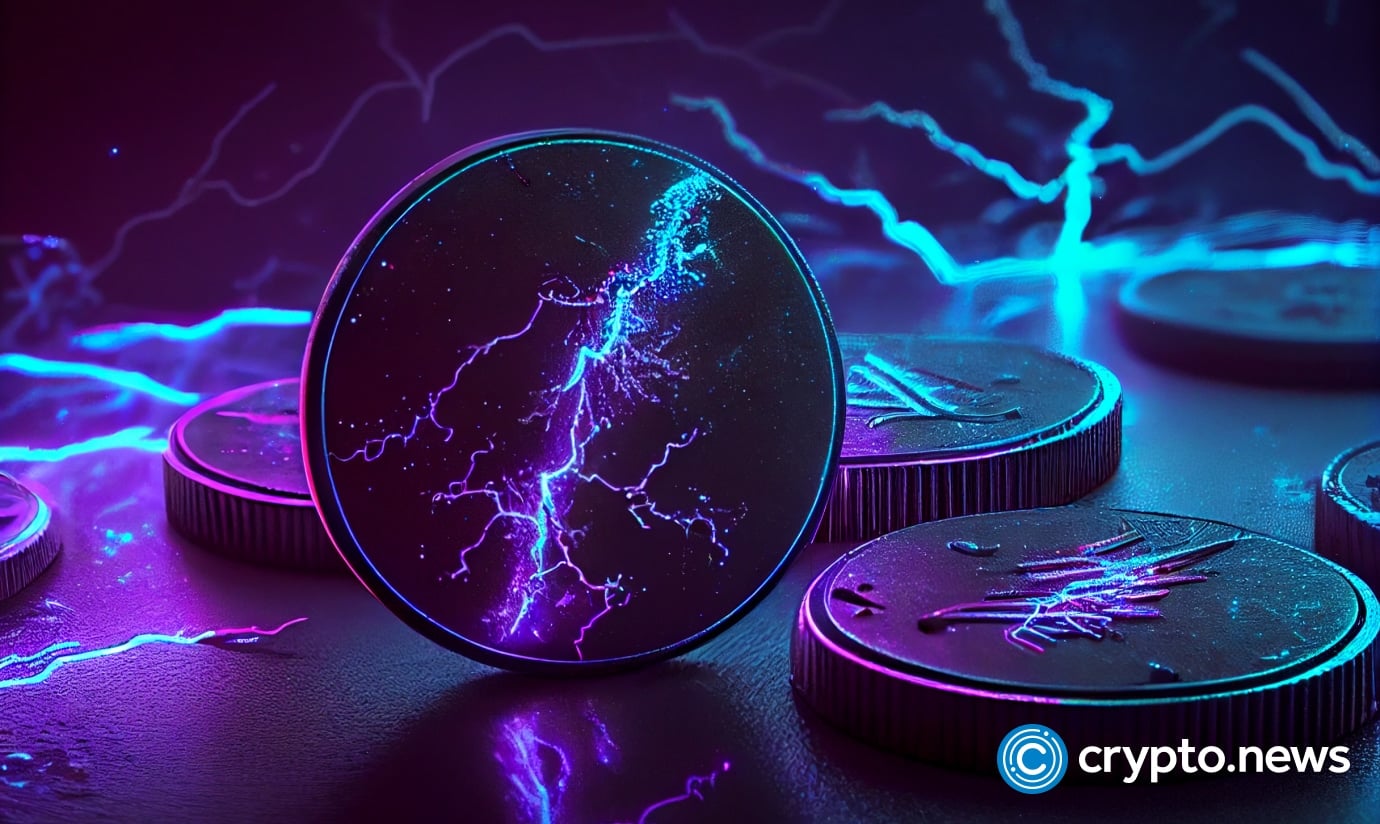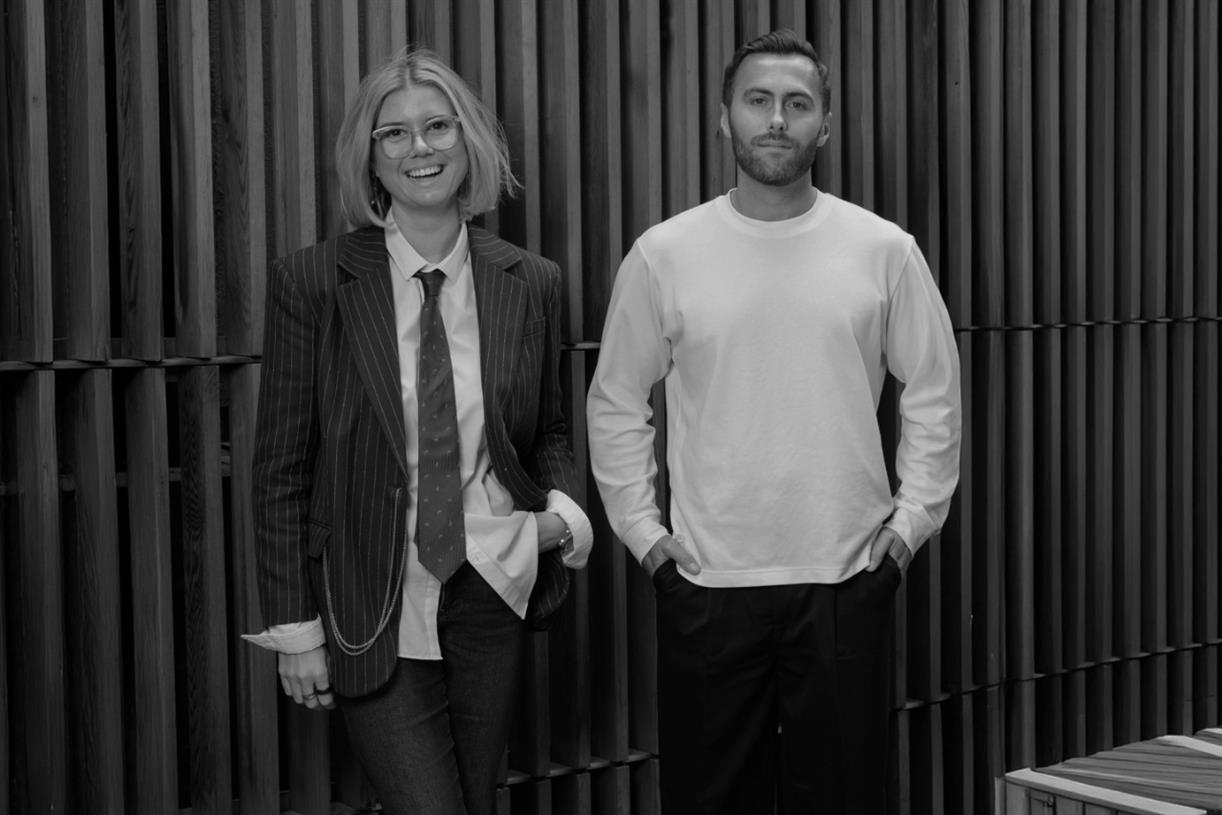Apple’s dual Vision Pro plans could finally convince you to pick one
Apple is reportedly working on a cheaper Vision Pro headset that will also be more comfortable, while another variant will serve a Mac-tethered format.

Apple’s Vision Pro headset is undoubtedly an engineering marvel, but it failed to create a market upheaval that the company may have expected. As per industry analysts, a sky-high asking price of $3,500 and a lack of diverse software experiences cooled down the hype around it.
It seems Apple is going to fix the core mistakes with its next attempt. In fact, the company is reportedly working on two new headsets. One of them will focus on bringing the price down, while the other headset will fill a crucial computing gap.
“The new plan is to release a model that makes the headset both lighter and cheaper,” says a Bloomberg report. This variant will reportedly carry a sticker price in the $1,500 to $2,500 ballpark and could make cuts by offering a less pixel-dense screen.
One for the masses, almost
 Apple
AppleIt was previously rumored that the more affordable headset would shift to a mobile processor, but the new report indicates that Apple will arm it with the upcoming M5 processor. This silicon will make an appearance inside iPads and Macs later this year.
Aside from lowering the asking price, the upcoming headset might also shed some weight. Apple’s engineers are reportedly eyeing a weight profile that falls under a pound. That could be a major draw, considering the Vision Pro’s reputation as a rather bulky and uncomfortable device.
When Digital Trends’ Giovanni Colantonio tried it, he wrote that the Vision Pro squeezes the head, and it wasn’t a device you want to wear for a long time. This is what another colleague wrote after trying the headset:
“Even when it was properly on my face, I could feel the weight of it, and it always felt like I had pressure on my face with the light seal. I’m not sure I’d want to wear this for an extended period, as I even had small markings on my face after just 25 minutes.”
 Zeke Jones / Digital Trends
Zeke Jones / Digital TrendsIt is unclear just how long the wait is going to be. Supply chain analyst, Ming-Chi Kuo, recently claimed that a low-cost Vision Pro headset could take two to three years before it hits the shelves.
Catering to the power users
As mentioned above, Apple is working on not one, but two headsets. The second one is reportedly targeted at enterprise users, or workflows where one needs to run resource-intensive software. For such scenarios, you don’t only need a fast processor, but also a fast input-output interface.
 Zeke Jones / Digital Trends
Zeke Jones / Digital TrendsIn a nutshell, a wireless connection can only take you so far with its latency woes. To overcome that hassle, Apple is said to be developing another Vision Pro model that will directly plug into your Mac. The approach is not too different from gaming-focused VR devices that connect directly with a PC.
“The idea is to create an ultra-low-latency system for streaming a user’s Mac display or for connecting to high-end enterprise applications,” adds the Bloomberg report. For folks who dream of serious computing, a wired interface is the way to go.
Over the past couple of years, I have tried my fair share of smart glasses and loved the connected computing experience on an expansive immersive screen. RayNeo, Viture, and Xreal offer their own flavor of a computing environment that can handle Windows, macOS, and even iPadOS with a lag-free output.
View inside the AR environment of the Nebula app for the Xreal Air 2 glasses. It’s pretty smooth and cool to interact with. It’s spread across a giant curved canvas with scope for multiple floating windows. pic.twitter.com/25WLjBYEh8
— Nadeemonics (@nsnadeemsarwar) October 30, 2023Xreal’s Nebula app is one of the finest examples of connected spatial computing on smart glasses. It lets you work across multiple floating macOS windows. You can even adjust their perceived distance from the eyes, resize them, or adjust the relative angle of each app window.
I am hoping Apple wants to decouple its next-gen XR headset from the concerns of latency and data throughput. For demanding users — and enterprise clients who are willing to pay for it — a wired connection to the Mac is the right approach.
Machines like the Mac Studio offer plenty of firepower already. Apple just has to tap into all that raw firepower with the right spatial computing hardware. A next-gen Vision Pro that connects directly to a Mac and offers a computing view atop its cutting-edge optical hardware sounds like a desirable approach.

 FrankLin
FrankLin 
































